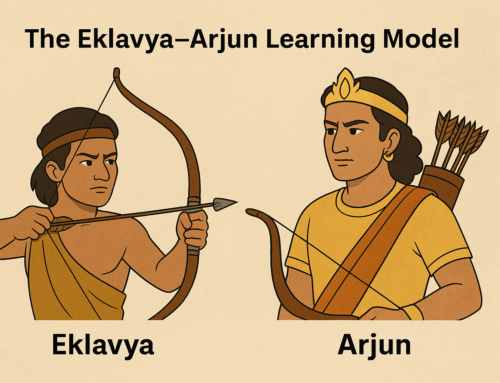In the vast landscape of personal development, few adversaries loom as large as the elusive and tenacious procrastination monster. We’ve all been there – staring down a to-do list that seems to grow longer with each passing day, while the hours slip away in a haze of distraction. Procrastination is a universal struggle that transcends age, occupation, and background, leaving countless individuals yearning for a solution to tame this productivity-sabotaging beast.
The desire to conquer procrastination is a shared sentiment that unites people across the globe. From students grappling with looming deadlines to professionals navigating the demands of a fast-paced work environment, the quest for effective strategies to combat procrastination has become an ever-present part of the collective consciousness.
It’s the reason why countless articles, books, and self-help resources are dedicated to the art of overcoming procrastination – a testament to the widespread acknowledgment that this is a challenge worth addressing. While many solutions exist, most resemble temporary band-aids, offering quick relief without addressing the root cause. Enter Stephen Covey, whose timeless masterpiece, “The 7 Habits of Highly Effective People,” provides a long-lasting solution by hacking the problem at its roots.
In “The 7 Habits of Highly Effective People,” personal productivity emerges as Habit 3, strategically positioned after the foundational habits of being proactive and beginning with the end in mind. Habit 3, “Put First Things First,” encourages individuals to prioritize and execute tasks that align with their values and long-term goals. As Covey masterfully guides us through the first two habits, he sets the stage for a profound shift from a reactive mindset to one driven by purpose and intention.
Covey introduces the concept of the Time Management Matrix, which categorizes tasks into four quadrants based on their urgency and importance. The four quadrants are:
I – Urgent and Important: Tasks that require immediate attention and are crucial.
II – Not Urgent but Important: Tasks that are significant but don’t demand immediate action, focusing on prevention and improvement.
III – Urgent but Not Important: Tasks that seem pressing but have little long-term significance.
IV – Not Urgent and Not Important: Trivial, time-wasting activities.
Covey underscores the critical importance for effective individuals to allocate the majority of their time to Quadrant II activities while avoiding Quadrants III and IV altogether and minimizing involvement in Quadrant I. Quadrants III and IV activities may be tempting, with the former offering immediate pleasure and the latter creating an illusion of busyness—a deceptive productivity killer.
In stark contrast, Quadrant II tasks focus on prevention and preparation, actively eliminating the need for reactive engagement in Quadrant I. While inherently non-urgent, Quadrant II activities are susceptible to the clutches of procrastination. When you rely on self-discipline alone, there is every chance to fail. Covey candidly acknowledges this fact when he says, “This is, admittedly, an ambitious objective for people caught in the thick of thin things in Quadrants III and IV.”
While there may be temporary tricks to occasionally steer toward Quadrant II tasks, consistent adherence proves challenging. Covey contends that the lasting solution lies in fortifying and adopting the initial two habits of proactivity and beginning with the end in mind.
The first habit instills the conviction that avenues always exist to progress toward objectives, transcending constraints imposed by inherent limitations or external factors. Simultaneously, the second habit introduces the concept of mental creation—a practice where individuals utilize imagination to envision and concentrate on the future they aspire to achieve. This mental rehearsal becomes a potent force, amplifying motivation and commitment to realizing one’s goals, constituting a formidable defense against the procrastination monster. Covey said, “It’s almost impossible to say “no” to the popularity of Quadrant III or to the pleasure of escape to Quadrant IV if you don’t have a bigger “yes” burning inside.”
A tangible manifestation of this mental creation is a personal mission statement, serving as the essential bedrock for instilling Habit 3. A personal mission statement is a succinct, written declaration articulating an individual’s fundamental values, beliefs, and life objectives. Formulated through a reflective process that entails introspection and profound contemplation, a personal mission statement encapsulates what holds the utmost significance for the individual.
In essence, your time management reflects your perception of time and the true importance you assign to your priorities. When your priorities stem from fundamental principles, encompassing core values and a personal mission deeply rooted in your heart and mind, Quadrant II, reflecting those priorities, naturally becomes an enticing and meaningful investment of your time. Consistently choosing Quadrant II activities becomes second nature, leading to a triumphant stance against procrastination.
Subscribe to my newsletter, to get tips like this and more, directly in your inbox!
(Originally published in Times of India on November 18, 2023)
Masters series: Seneca – Thomas Aquinas – Peter Drucker – Edwin C. Bliss – Stephen Covey – Arnold Bennett – David Allen






